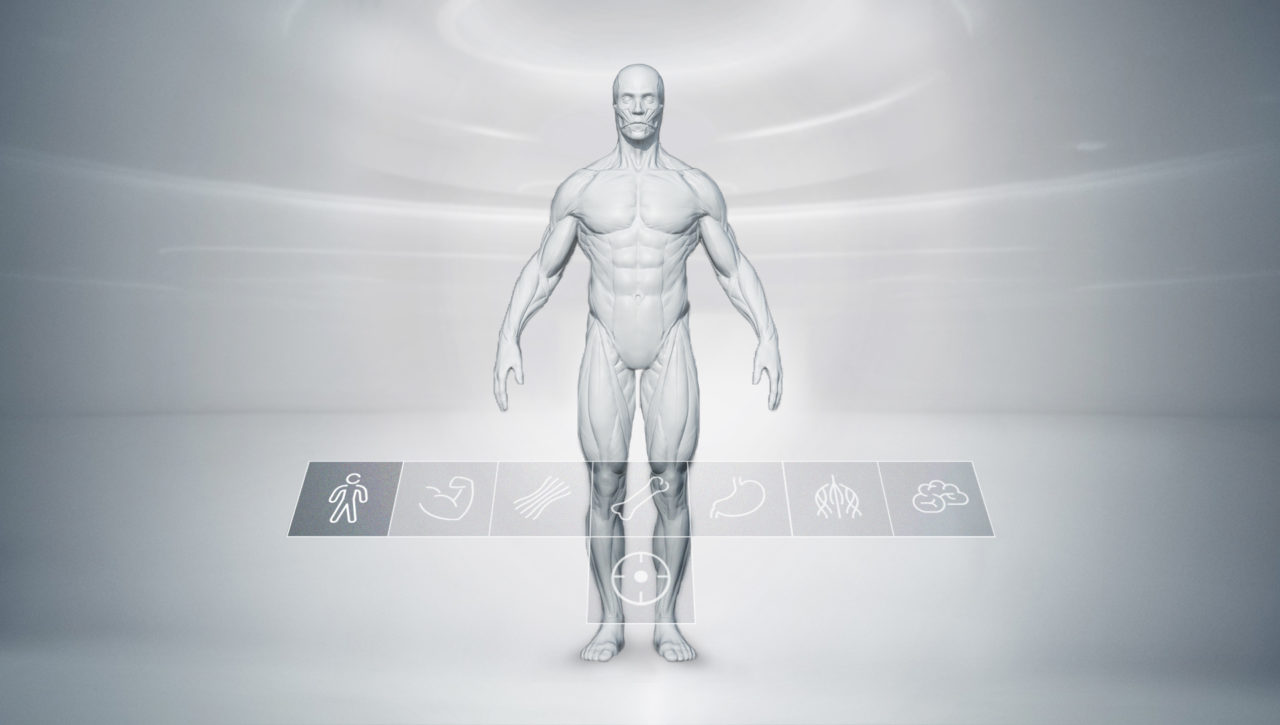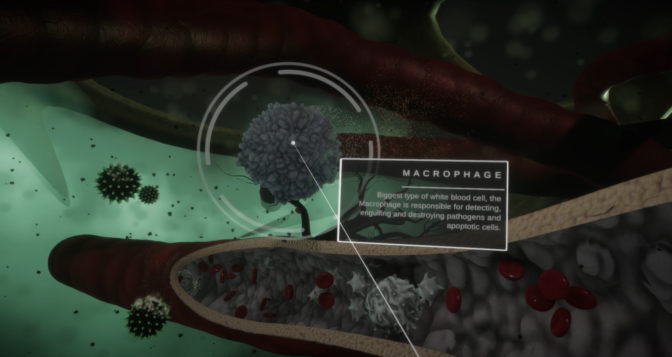5G networks are poised to transform the healthcare industry, starting with how medical students learn.
The Grid Factory, a U.K.-based provider of NVIDIA GPU-accelerated services, is partnering with telecommunications company Vodafone to showcase the potential of 5G technology with a network built at Coventry University.
Operating NVIDIA CloudXR on the private 5G network, student nurses and healthcare professionals can experience lessons and simulations in virtual reality environments.
With NVIDIA CloudXR, users don’t need to be physically tethered to a high-performance computer that drives rich, immersive environments. Instead, it runs on NVIDIA servers located in the cloud or on premises, which deliver the advanced graphics performance needed for wireless virtual, augmented or mixed reality environments — which collectively are known as XR.
Streaming high-resolution graphics over 5G promises higher-quality, mobile-immersive VR for more engaging experiences in remote learning. Using CloudXR enables lecturers to teach in VR while students can access the interactive environment through smartphones, tablets, laptops, VR headsets and AR glasses.

A member of the NVIDIA CloudXR early access program, The Grid Factory is helping organizations realize new opportunities to deliver high-quality graphics over 5G.
“CloudXR makes the experience so natural that lecturers can easily forget about the technology, and instead focus on learning points and content they’re showing,” said Ben Jones, CTO at The Grid Factory.
The Grid Factory is also a member of NVIDIA Inception, a program designed to nurture startups revolutionizing industries with advancements in AI and data science.
With Coventry University’s advanced VR technology, users can now take virtual tours through the human body. Medical students can enter the immersive environment and visualize detailed parts of the body, from the bones, muscles and the brain, to the heart, veins, vessels and blood cells.
Previously, lecturers would have to use pre-recorded materials, but this only allowed them to view the body in a linear, 2D format. Working with Vodafone, The Grid Factory installed NVIDIA CloudXR at the university, enabling lecturers to guide their students on interactive explorations of the human body in 3D models.
“With 5G, we can put the VR headset on and stream high-resolution images and videos remotely anywhere in the world,” said Natasha Taylor, associate professor in the School Of Nursing, Midwifery, and Health at Coventry University . “This experience allows us to take tours of the human body in a way we’ve never been able to before.”
The lessons have turned flat asynchronous learning into cinematic on-demand learning experiences. Students can tune in virtually to study high-resolution, 3D visualizations of the body at any time.
The immersive environments can also show detailed simulations of viral attacks, providing more engaging content that allows students to visualize and retain information faster, according to the faculty staff at Coventry.
And while the lecturers provide the virtual lessons, students can ask questions throughout the presentation.
With 5G, CloudXR can provide lower-latency immersive experiences, and VR environments can become more natural for users. It has allowed lecturers to demonstrate more easily, and for medical students to better visualize parts of the human body.
“The lower the latency, the closer you are to real-life experience,” said Andrea Dona, head of Networks at Vodafone UK. “NVIDIA CloudXR is a really exciting new software platform that allows us to stream high-quality virtual environments directly to the headset, and is now being deployed in a 5G network for the first time commercially.”
More faculty members have expressed interest in the 5G-enabled NVIDIA CloudXR experiences, especially for engineering and automotive use cases, which involve graphics-intensive workloads.
Learn more about NVIDIA CloudXR.

